Bartolomé Esteban Murillo: Five key paintings by the Spanish Baroque master
Artist drawn to both religious subjects and portraits of the people of Seville, especially children
Your support helps us to tell the story
From reproductive rights to climate change to Big Tech, The Independent is on the ground when the story is developing. Whether it's investigating the financials of Elon Musk's pro-Trump PAC or producing our latest documentary, 'The A Word', which shines a light on the American women fighting for reproductive rights, we know how important it is to parse out the facts from the messaging.
At such a critical moment in US history, we need reporters on the ground. Your donation allows us to keep sending journalists to speak to both sides of the story.
The Independent is trusted by Americans across the entire political spectrum. And unlike many other quality news outlets, we choose not to lock Americans out of our reporting and analysis with paywalls. We believe quality journalism should be available to everyone, paid for by those who can afford it.
Your support makes all the difference.Bartolome Esteban Murillo (1617-1682), the great Spanish Baroque painter, is celebrating his 400th anniversary.
While his precise date of birth is unknown, the artist celebrated in today’s Google Doodle is thought to have been born between late December 1617 and early January 1618.
Known for religious subjects and portraits of women and children, Murillo’s unique style was developed under the tuition of Juan del Castillo and with the encouragement of Diego Velazquez, drawing on the Venetian and Flemish masters.
Here’s an introduction to five of his key works.
The Young Beggar (1645)
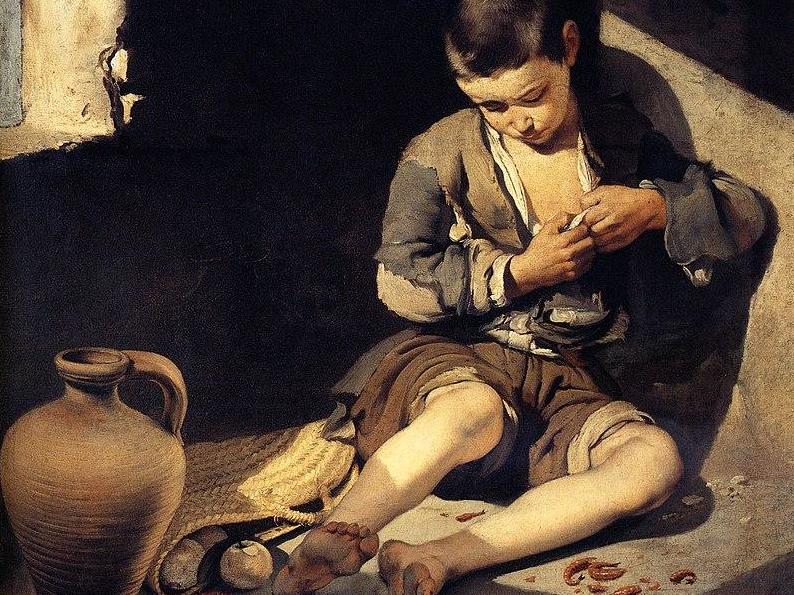
Also known as “The Lice-Ridden Boy”, The Young Beggar depicts an urchin from the streets of Seville, apparently delousing himself, and is inspired by Carravagism.
Murillo’s use of the contrast between waning sunlight and shadow impresses in this moving document of poverty.
The few shrimp shells at the boy’s feet tell the tale of his last meal.
Adoration of the Shepherds (1650)
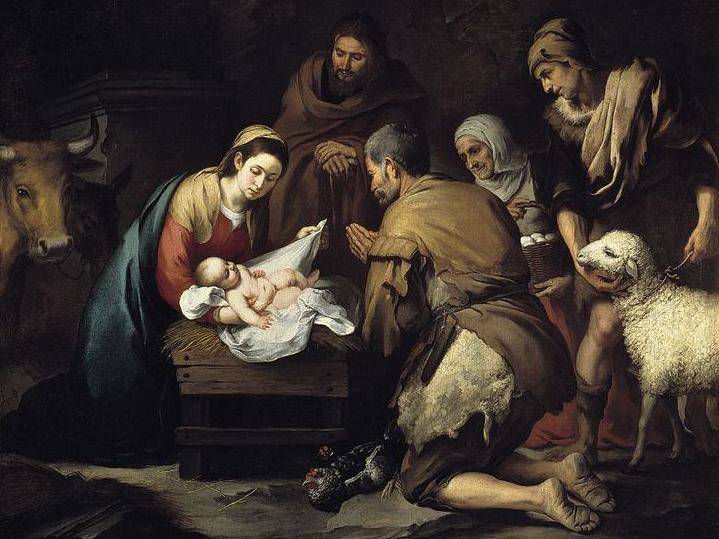
This nativity scene is a deft work of arrangement and reveals the influence of Jusepe de Ribera.
The benign expressions on the faces of the men come to pay homage to the Christ child are echoed by the calm, still presence of the livestock.
Two Women at a Window (1655-60)
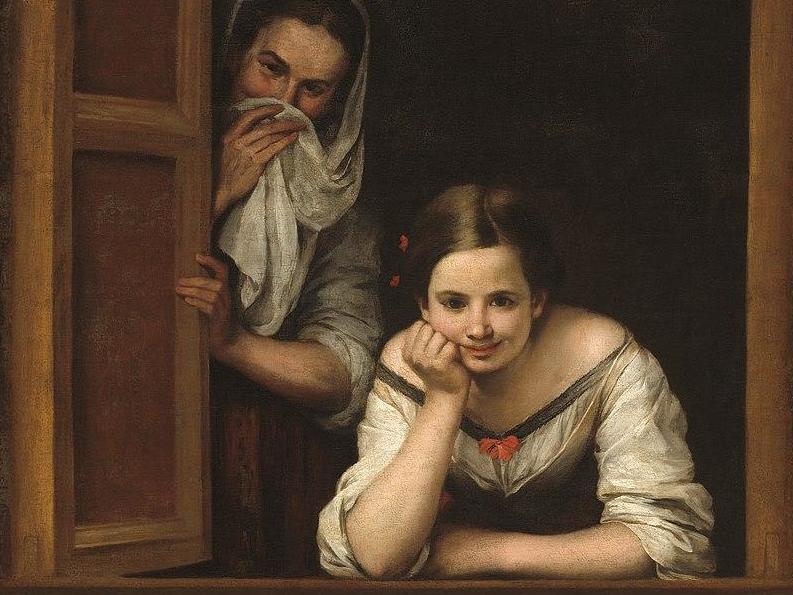
This genre painting, the same recreated by Google, is hugely charming and has the immediacy of a photograph.
The woman appearing over the girl’s shoulder, perhaps her mother or chaperone, stifles a laugh with her shawl as the girl beams contentedly out and meets the viewer’s gaze, placing one in the scene with them.
Saint Rufina (1665)
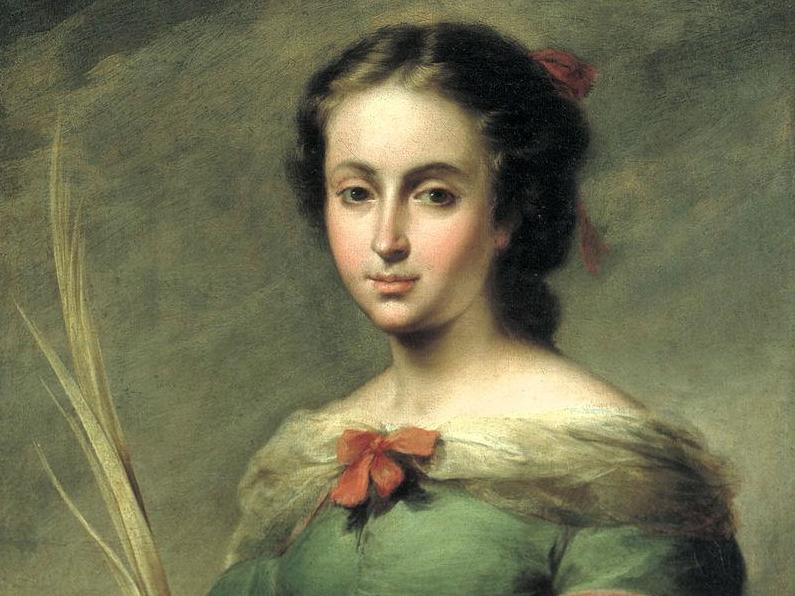
This delicate portrait captures one of Seville’s saints, tortured on the rack with her sister Justa in the third century for refusing to sell their earthenware pots and crockery to pagan revellers.
Murillo was fascinated with this local legend and painted the sibling martyrs both individually and together.
The Marriage Feast at Cana (1672)
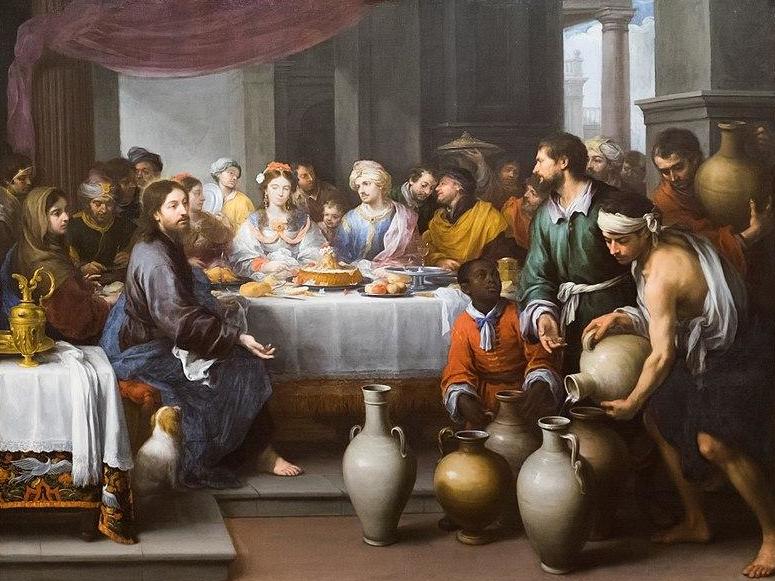
Commissioned by Don Nicolas Omazur, a Flemish silk merchant who would become the artist’s primary patron, The Marriage Feast of Cana is rich in detail.
Omazur and his wife appear at the centre of the dinner and table, leading some to speculate the painting was undertaken to celebrate their wedding of 1672.

Join our commenting forum
Join thought-provoking conversations, follow other Independent readers and see their replies
Comments